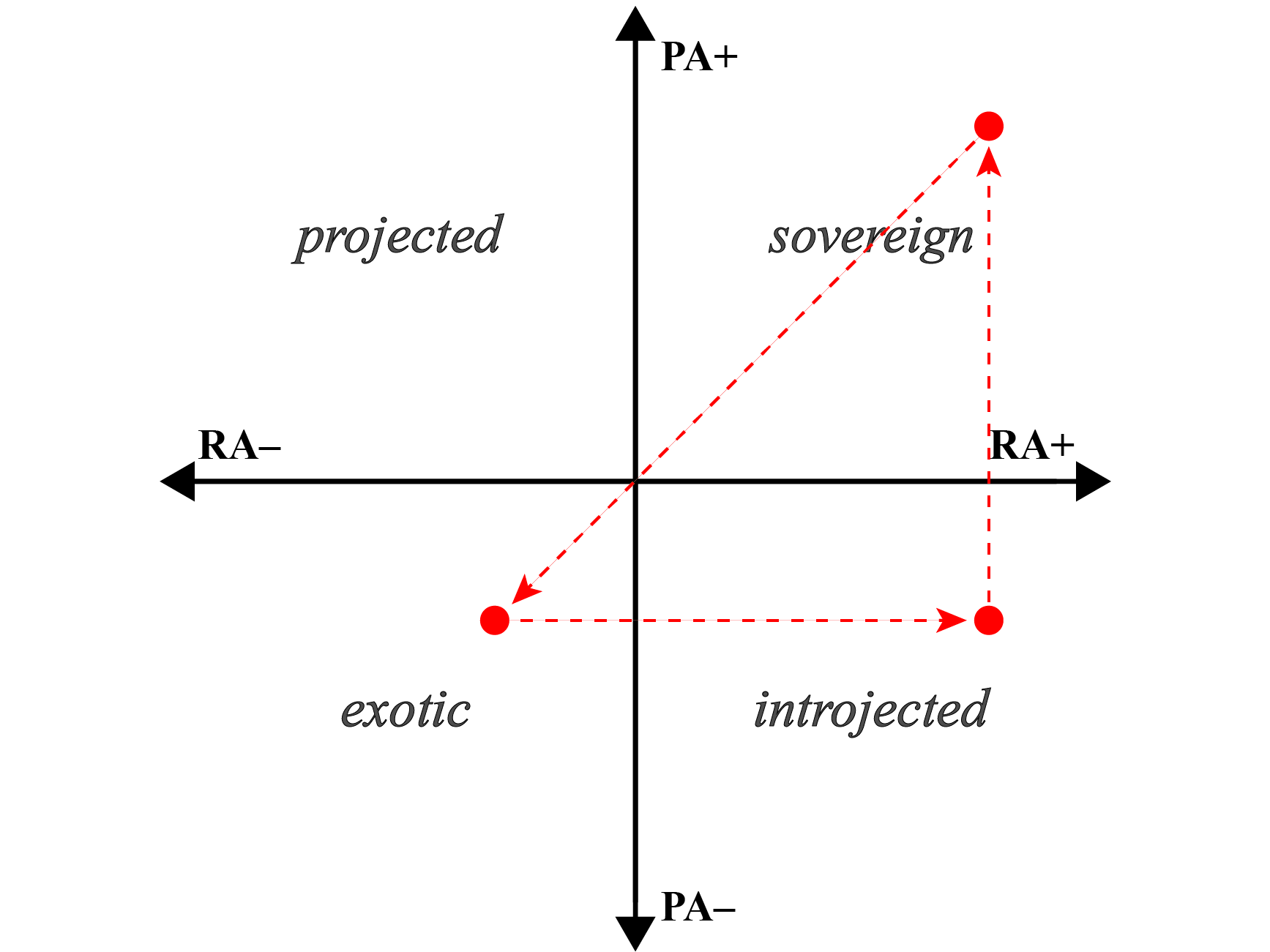The dimension of Autonomy explores relations among different sets of practices, such as different forms of knowledge, different disciplines, technology and classrooms, and so on. It conceptualizes insulation between their constituents (positional autonomy) and between how those constituents are related together (relational autonomy). These concepts come together as autonomy codes. Studies are enacting the concepts to show how to successfully integrate different practices.

Analysing the pathways traced by the shifting autonomy codes of knowledge practices through time is proving valuable for understanding how different kinds of knowledge are brought together to enable or constrain integrative knowledge-building. Key to bringing together diverse knowledges is the notion of autonomy tours.
Studies of classrooms are showing how autonomy tours allow teachers and students to reach beyond their target content and purposes, bring in other ideas and practices from other disciplines or everyday experiences, and integrate those successfully into what they aim to teach and learn. For example, see Maton (2021) on integrating mathematics into science classrooms and Maton and Howard (2021) on using multimodal resources such as video animations in classrooms teaching. Both are chapters in Teaching Science.
Key concepts – including a generic translation device for relating autonomy codes to data, and the role played by ‘targets’ – are outlined in the first LCT Centre Occasional Paper.
Downloadable figures
The following figures are publisher-quality ‘png’ files. If using any, you must cite them as listed below. For permission, contact the author. If you would like an Adobe Illustrator version, so you can add data to a plane, then email the LCT Centre.
The autonomy plane: Maton, K. (2018) Taking autonomy tours: A key to integrative knowledge-building, LCT Centre Occasional Paper 1, 1–35, page 6.
